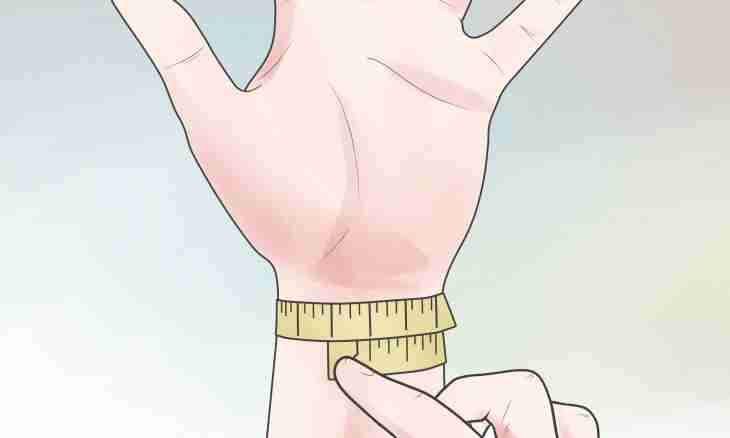The ability to be guided by areas helps the person to think quickly where he is. Especially it is important during any emergencies when from the person it is required to calculate geographical coordinates of his location as fast as possible. It is possible to determine width in several ways.
Instruction
1. All know that the equator divides the earth into two hemispheres (northern and southern). Except the equator there are parallels (the circles parallel to the equator) and meridians (perpendicular to the equator). The zero meridian crosses the Greenwich observatory located in London. From here and the name of a zero meridian – a meridian of Greenwich or just Greenwich. The system of meridians and parallels represents themselves the coordinate grid used for positioning.
2. Geographic latitude indicates as far as the point is located to the north or to the south from the equator. And width is a corner from 0o to 90o which is counted from the plane of the equator and to the North or South Pole. Therefore latitude can be either northern, or southern.
3. Geographical coordinates measure in degrees and also in minutes and seconds. The degree of latitude is 1/180 part of any meridian. Approximate average length of one degree is 111.12 km. Length of minute – 1852 m. And diameter of Earth equals 12713 km (between poles).
4. For determination of width by the first way you need a protractor and a plumb. The protractor can be made of couple of squared levels which need to be fastened like compasses so that they could change a corner among themselves.
5. Now fix at a protractor in the center thread with cargo (plumb). Further guide the basis of your protractor at the Pole star. Carry out some geometrical calculations, namely – between a plumb and the basis of a protractor subtract 90 lakes from a corner. The received result is a corner between the horizon and the Pole star. This corner will also be the geographic latitude of your location.
6. The second way completely differs from the first. Mark day length from the sunrise before its full calling. Take the nomogram of determination of width and postpone in its left part the found-out day length, in right – date. Now connect both received values of a straight line, define the place of its crossing with a middle part. Will be found crossing just the latitude of the area.
